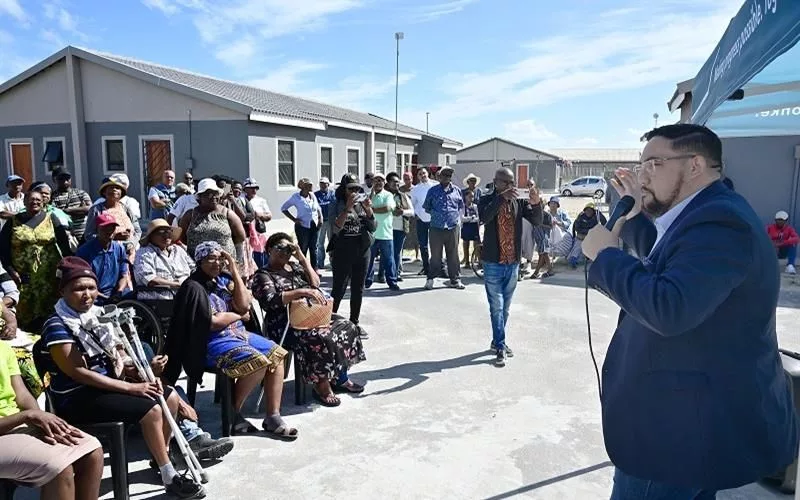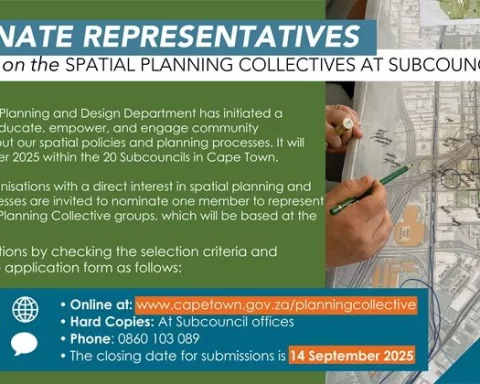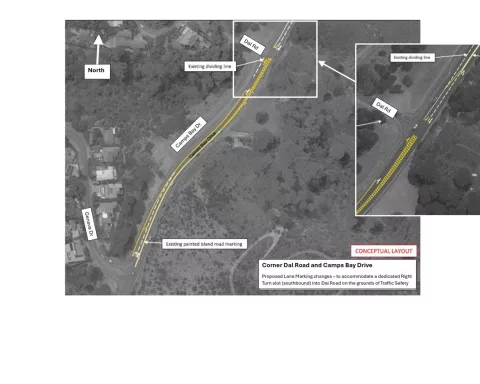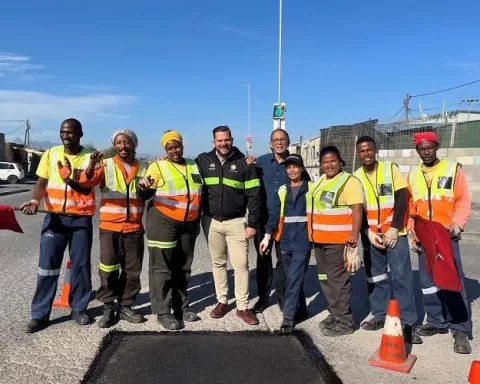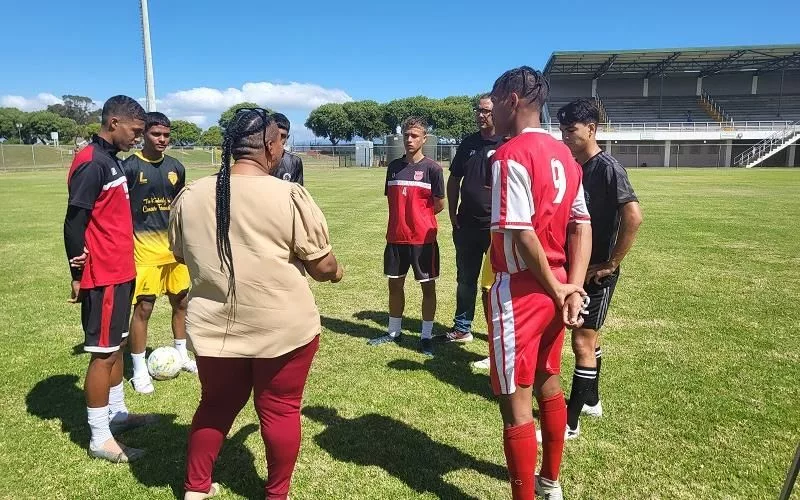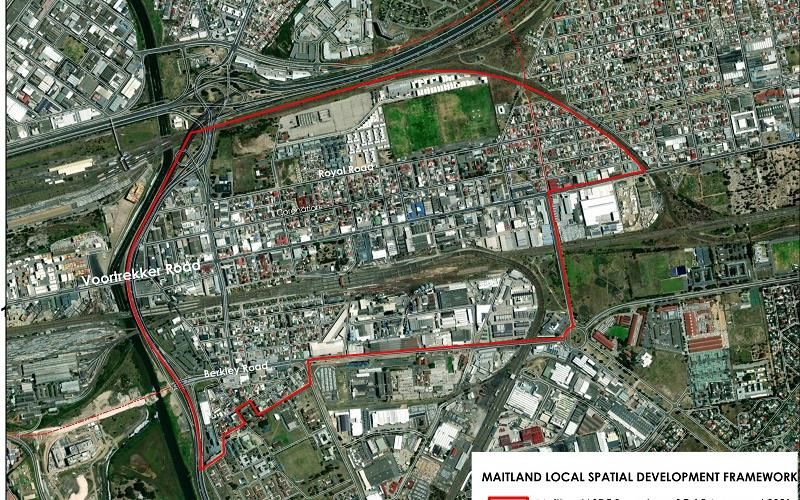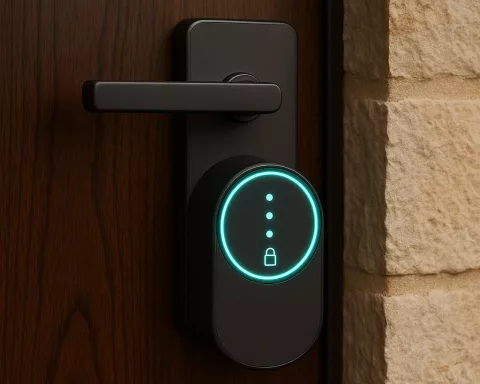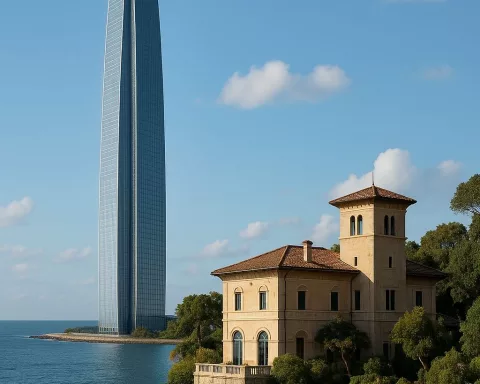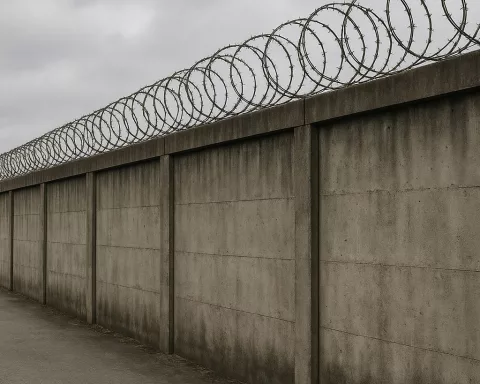The Gugulethu Infill Project is a housing initiative by the City of Cape Town that aims to provide 1004 homes to eligible beneficiaries and their families in Gugulethu and Nyanga. Despite challenges, the City is committed to completing the project efficiently and transparently. The project also encourages community participation and reporting of any incidents of extortion or vandalism. The success of this endeavor highlights the strength of collective action and community participation, and it presents an optimistic outlook for the project’s future.
What is the Gugulethu Infill Project?
The Gugulethu Infill Project is a housing initiative by the City of Cape Town aimed at providing 1004 homes to eligible beneficiaries and their families in Gugulethu and Nyanga. Despite challenges like contractor issues and delays due to the pandemic, the City remains committed to completing the project efficiently and with transparency in beneficiary selection. The project also encourages community participation and reporting of any incidents of extortion or vandalism.
The vibrant Gugulethu streets are alive with a tangible sense of elation and expectation. This lively neighborhood has recently been swept up in an outburst of joy as the City handed over 11 more Breaking New Ground (BNG) homes to deserving recipients on March 26th, 2024. This successful milestone is a component of the Gugulethu Infill housing project, an ambitious scheme by the City that is making significant progress despite the obstacles encountered along the way.
Accomplishments and Leadership
The driving force behind this revitalization is Councillor Carl Pophaim, the Human Settlements Mayoral Committee Member. Alongside other city officials, he shared in the beneficiaries’ joy as they accepted the keys to their fresh start. The Gugulethu Infill initiative covers two areas: Erf 8448 in Gugulethu and Mau Mau in Nyanga. The project now falls entirely under the City’s management, indicating a more efficient progression towards its completion.
The City has faced numerous challenges in executing this substantial task. Contractor issues, delays due to the pandemic, and even extortion attempts have complicated matters. However, the City has shown resilience and resolve, taking firm control of the project to hasten its completion. As Councillor Pophaim declared, “Our teams are committed to wrapping up the Gugulethu Infill housing project for the beneficiaries and their families at the earliest opportunity.”
The Scale of the Project and Beneficiary Selection
The Gugulethu Infill project is a lofty endeavor, aiming to provide 1004 homes to eligible beneficiaries and their families. This includes 570 units at the Gugulethu site and 434 at Mau Mau. The City has already completed and handed over 131 units at the Mau Mau site, demonstrating its commitment to creating housing opportunities for the most vulnerable.
The City employs a beneficiary selection approach firmly grounded in fairness and transparency. The Housing Allocation Policy and Housing Needs Register of the City play key roles in preventing queue jumping and ensuring housing opportunities reach those who qualify under South African law.
Community Engagement and Continuous Effort
The success of this endeavor not only reflects the City’s commitment to its citizens but also highlights the strength of collective action and community participation. Councillor Pophaim’s appreciation for the community, City teams, and project steering committees captures this spirit, “I extend my gratitude to our communities, City teams, and project steering committees for their hard work and dedication that is propelling this project forward.”
Yet, the journey towards the long-term success of the housing project is ongoing. The City, therefore, encourages anonymous tip-offs to counter any forms of extortion, vandalism, or illegitimate occupation. A round-the-clock phone line and email address are available for the public to report any such incidents.
The Power of Perseverance: The Gugulethu Infill Project
The story of the Gugulethu Infill Project is one of endurance, communal spirit, and steadfast determination. It presents an optimistic outlook for the project’s future. As Gugulethu’s cityscape continues to transform, it is evident that this project is not merely about building houses but about creating homes and fostering a stronger, more united community.
The ongoing saga of the Gugulethu Infill project is certainly cause for celebration. The project’s success is already apparent – not only in the transformation of the physical infrastructure but perhaps even more significantly, in the changes it has brought about in the lives of the people.
How many homes is the Gugulethu Infill Project aiming to provide?
The Gugulethu Infill Project is aiming to provide 1004 homes to eligible beneficiaries and their families in Gugulethu and Nyanga.
What challenges has the City faced in executing this project?
The City has faced challenges such as contractor issues, delays due to the pandemic, and even extortion attempts in executing this project.
What is the beneficiary selection approach of the City?
The City employs a beneficiary selection approach firmly grounded in fairness and transparency, with the Housing Allocation Policy and Housing Needs Register playing key roles in preventing queue jumping and ensuring housing opportunities reach those who qualify under South African law.
How can the public report incidents of extortion, vandalism, or illegitimate occupation related to the project?
The City encourages anonymous tip-offs to counter any forms of extortion, vandalism, or illegitimate occupation related to the project. A round-the-clock phone line and email address are available for the public to report any such incidents.
What is the significance of the Gugulethu Infill Project beyond building houses?
The Gugulethu Infill Project is about creating homes and fostering a stronger, more united community.
Who is leading the Gugulethu Infill Project?
Councillor Carl Pophaim, the Human Settlements Mayoral Committee Member, is leading the Gugulethu Infill Project alongside other city officials.

